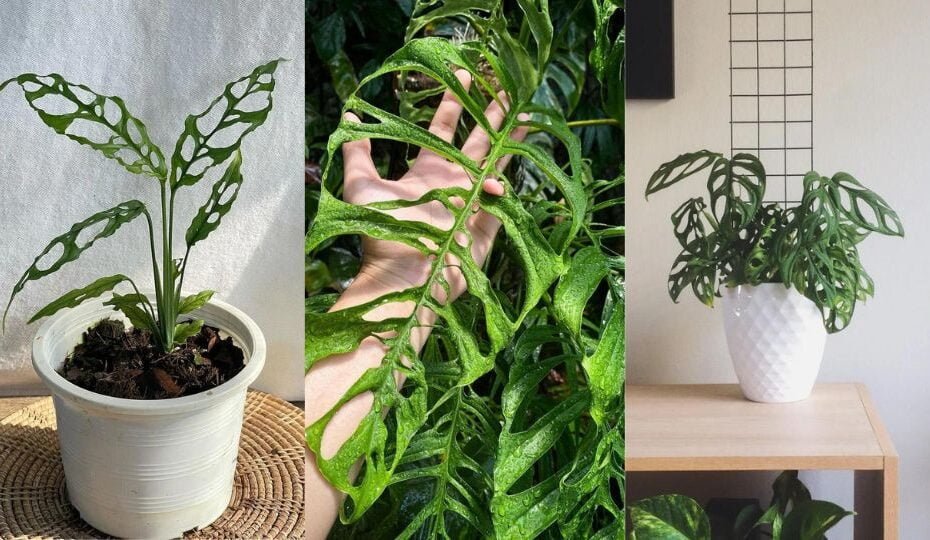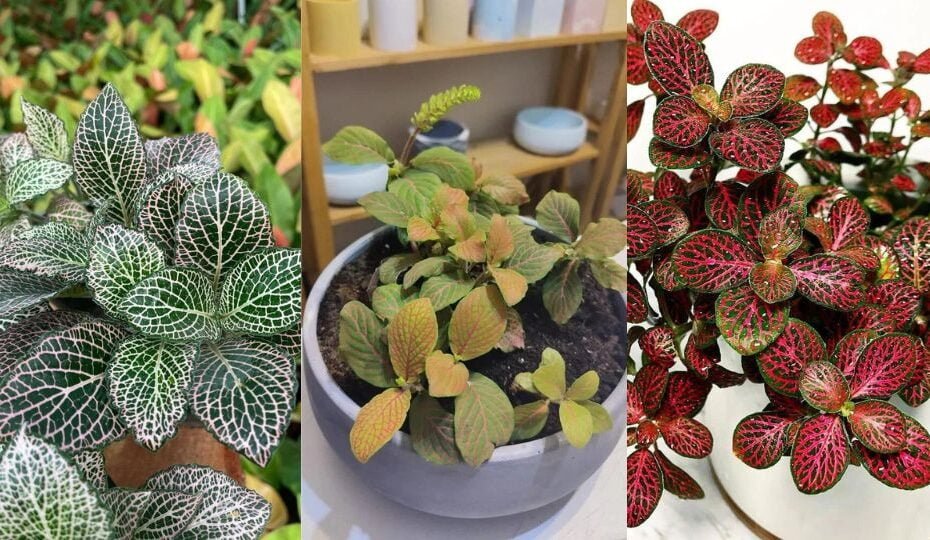Mastering the Green Thumb: Your Ultimate Guide to Indoor Plant Care 🌿
Hey there, fellow plant enthusiasts! Are you ready to dive headfirst into the lush and rewarding world of indoor plant care? Whether you’re a seasoned… Read More »Mastering the Green Thumb: Your Ultimate Guide to Indoor Plant Care 🌿










